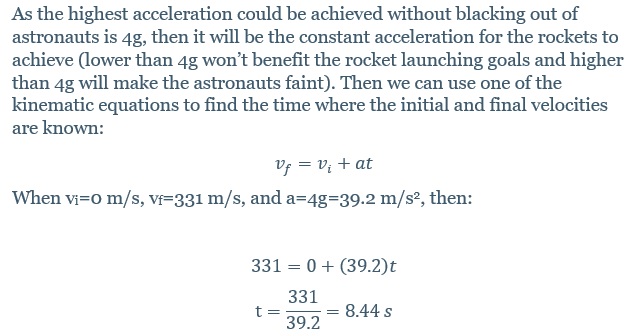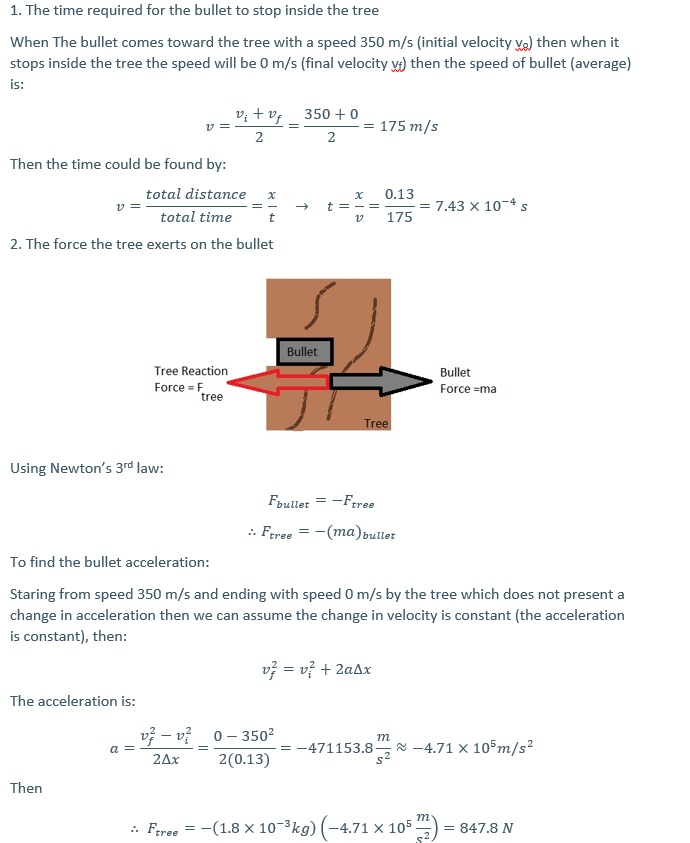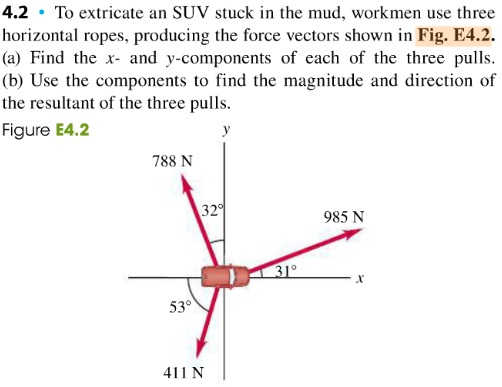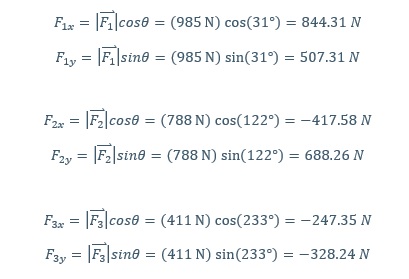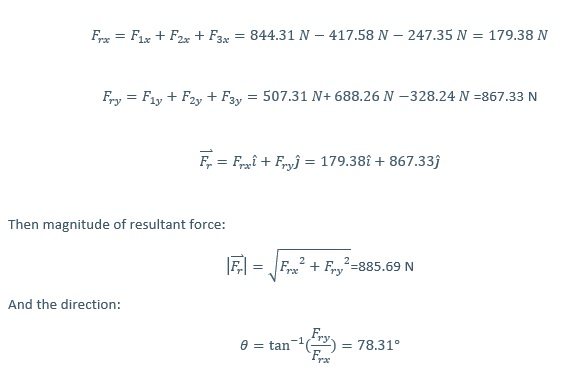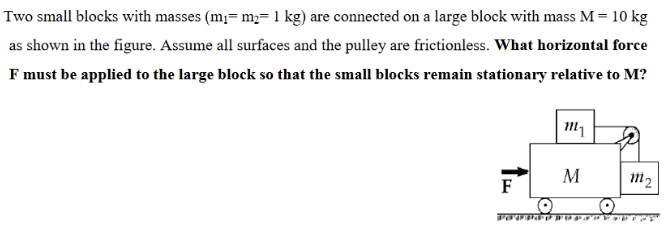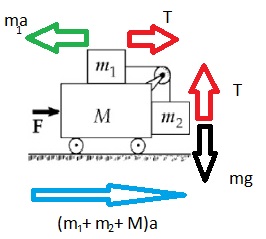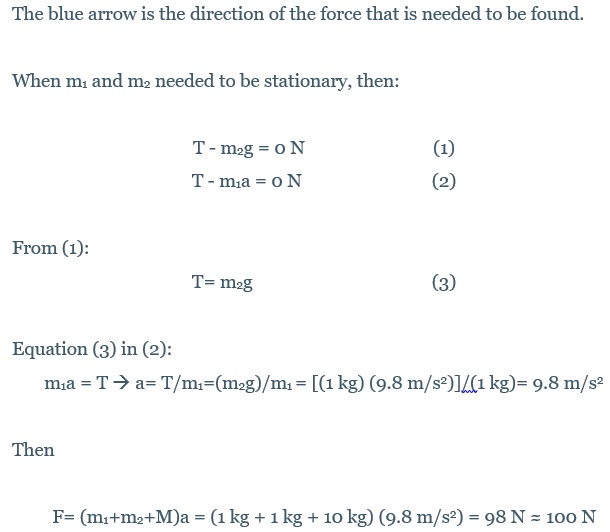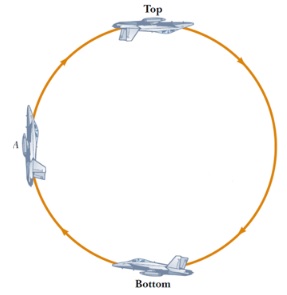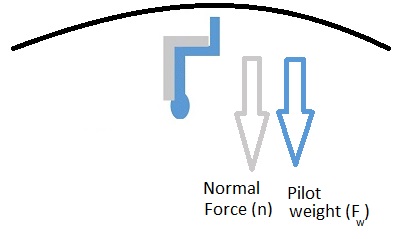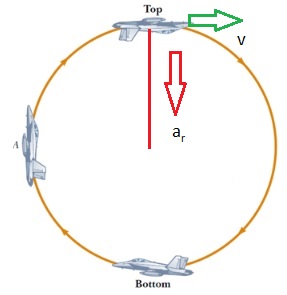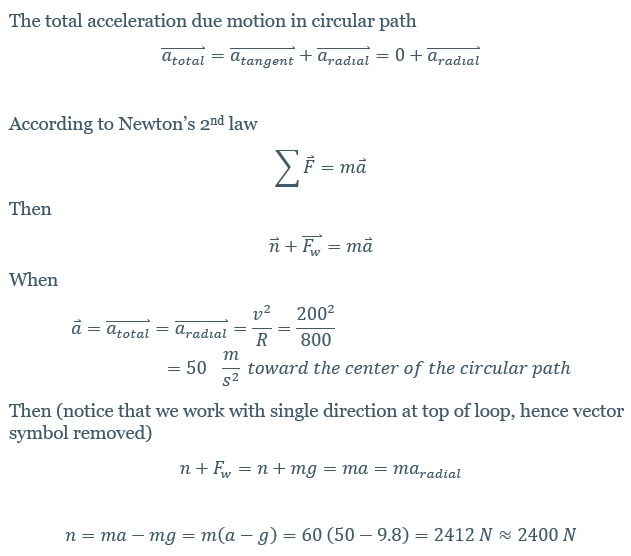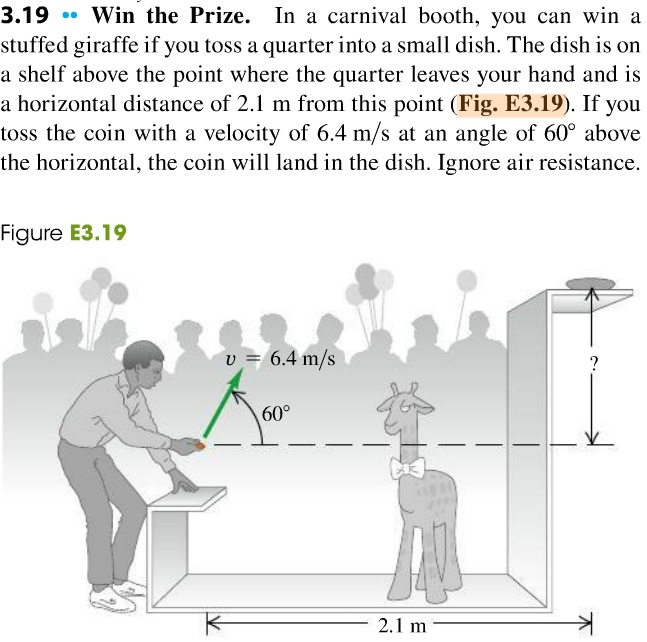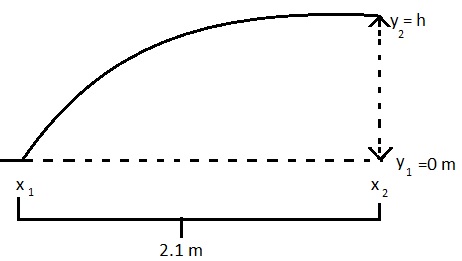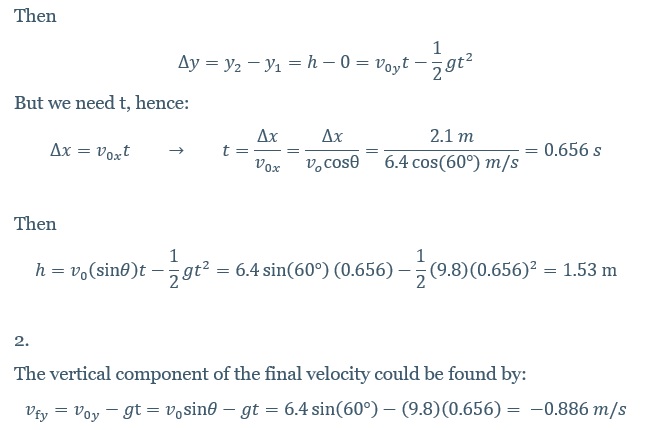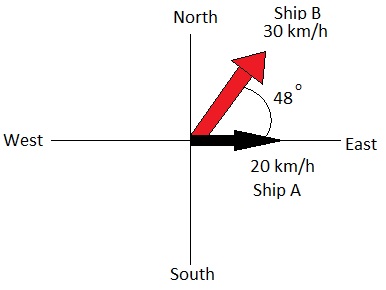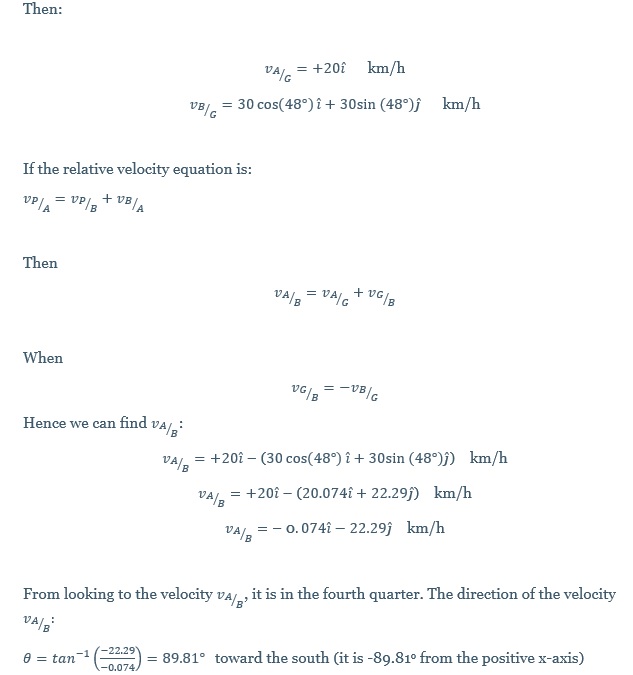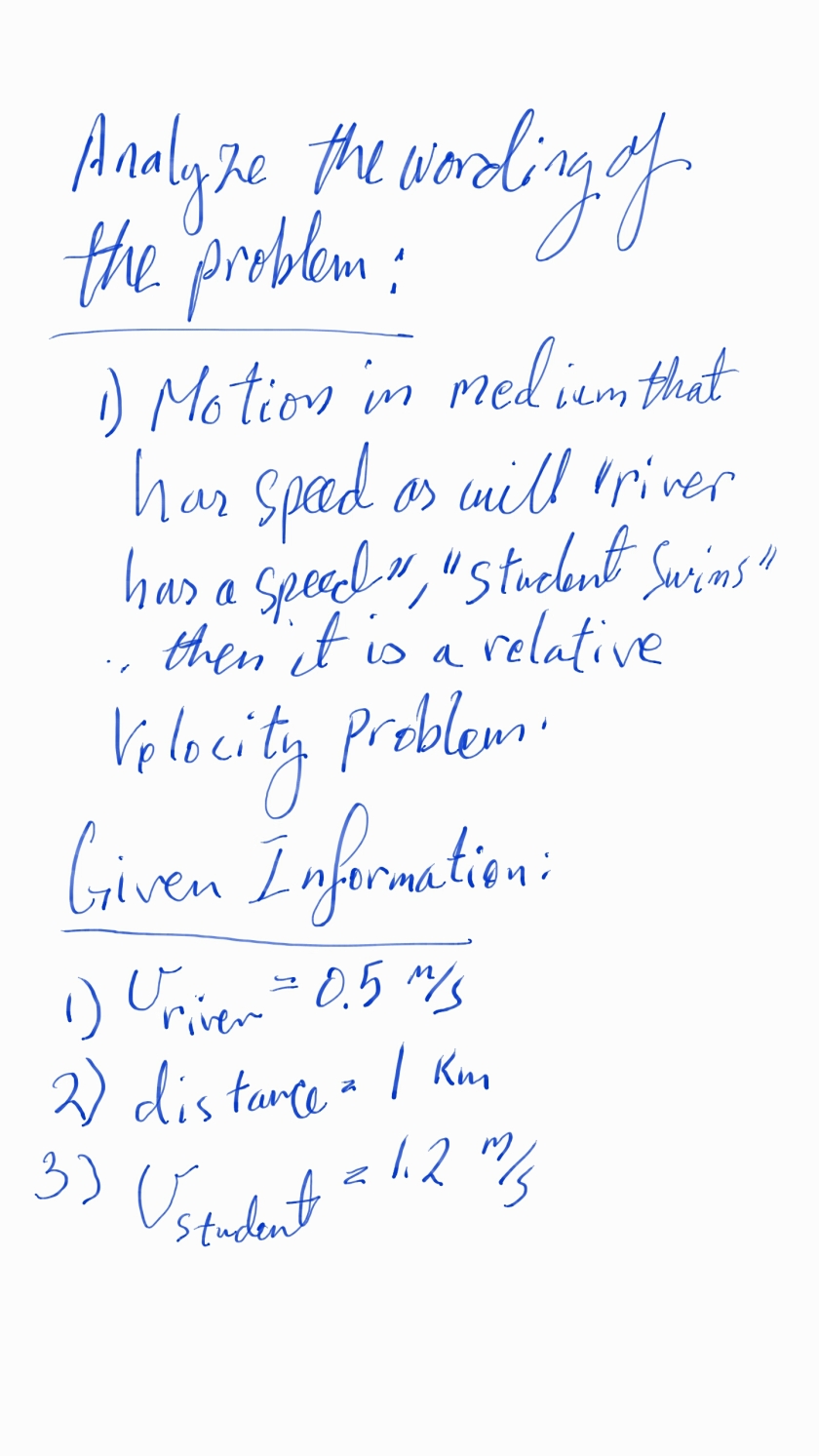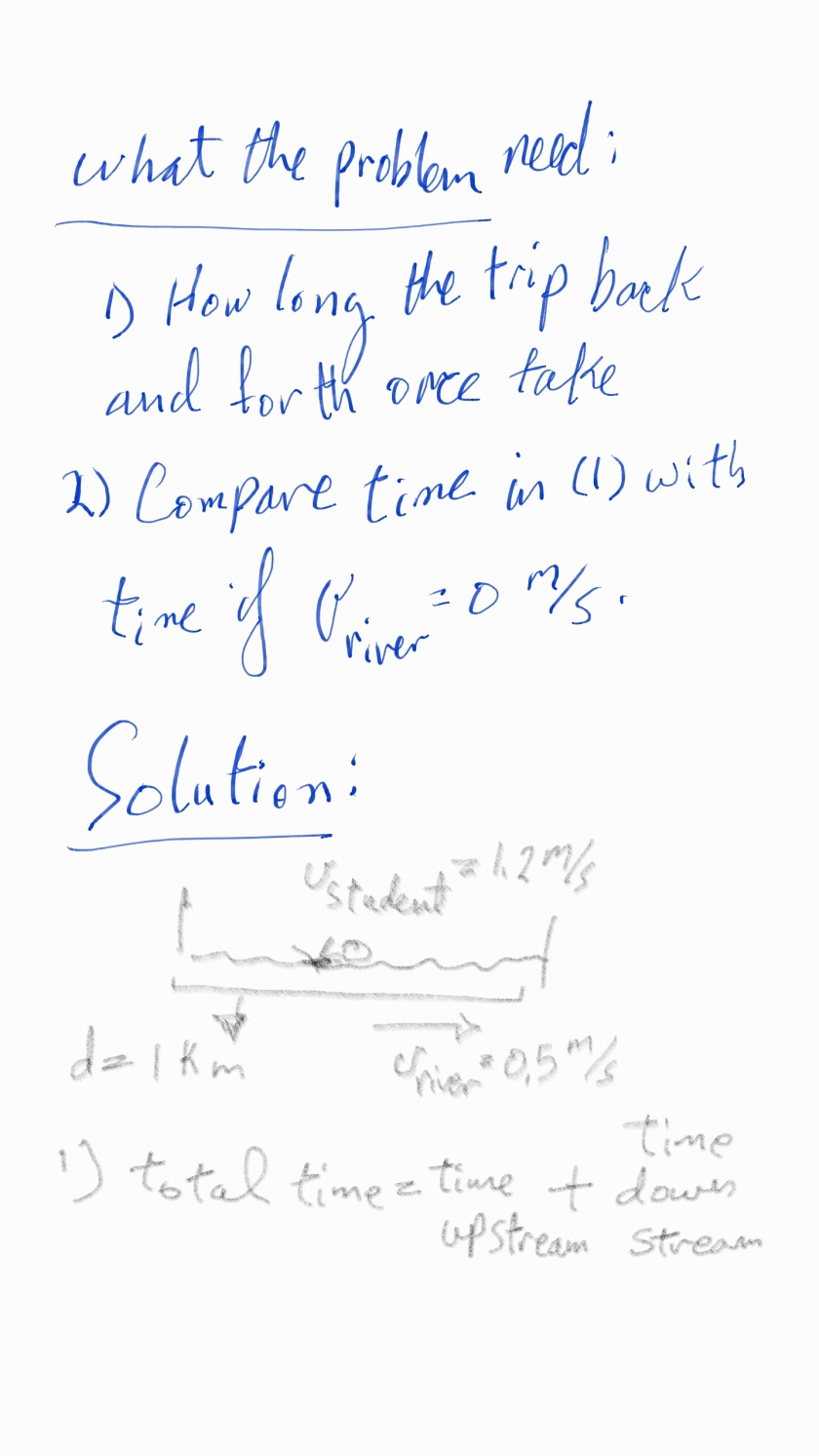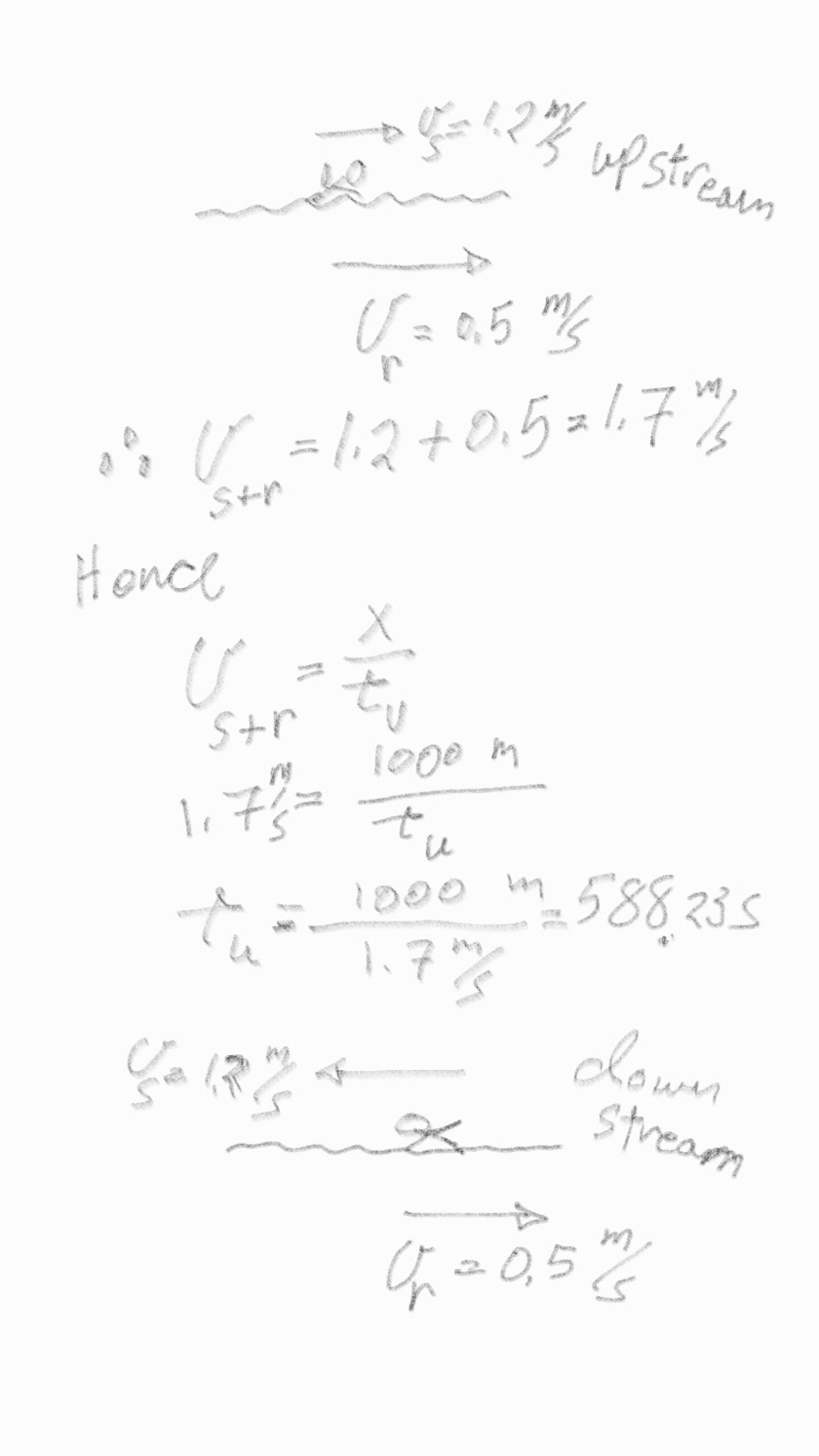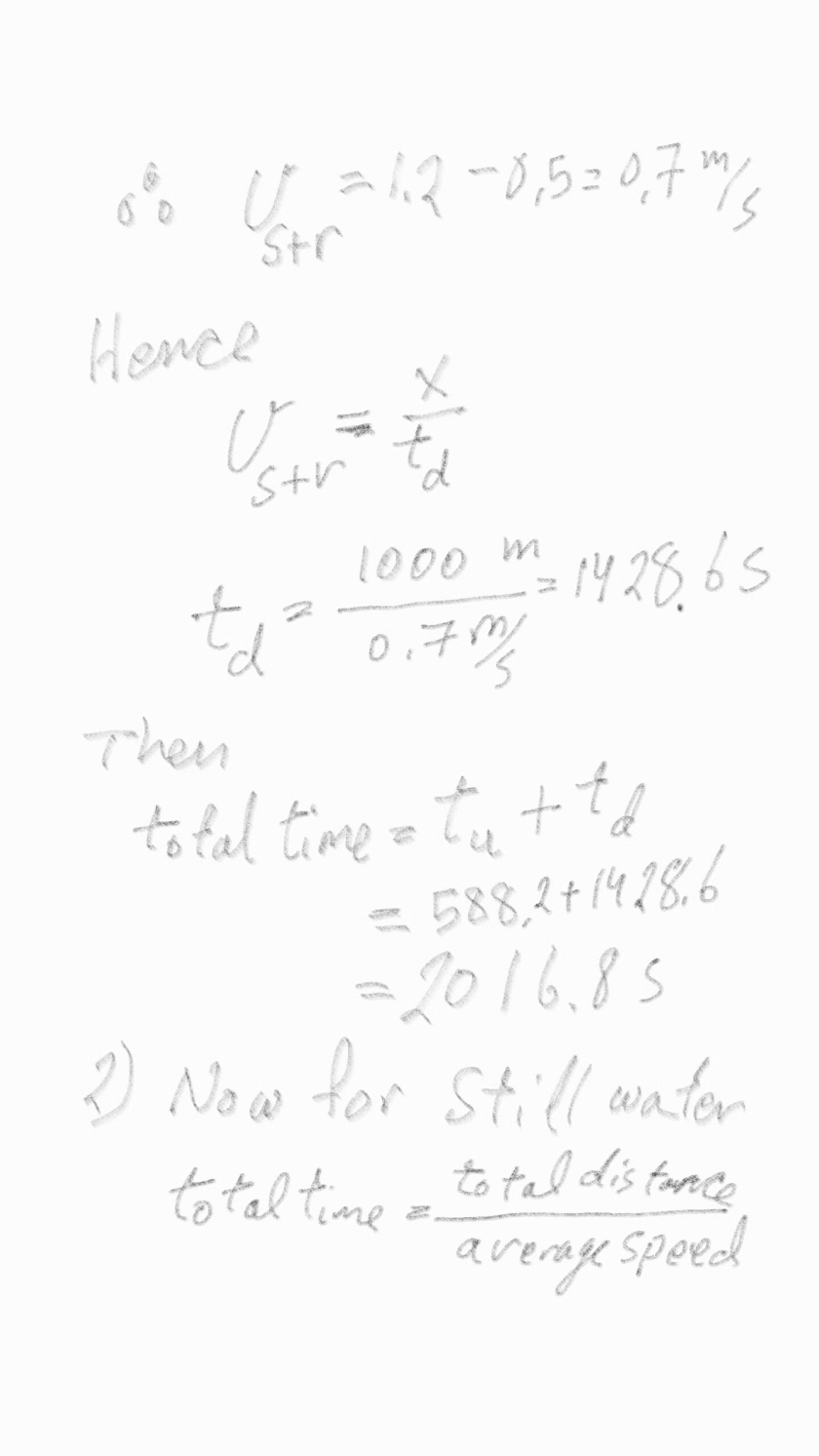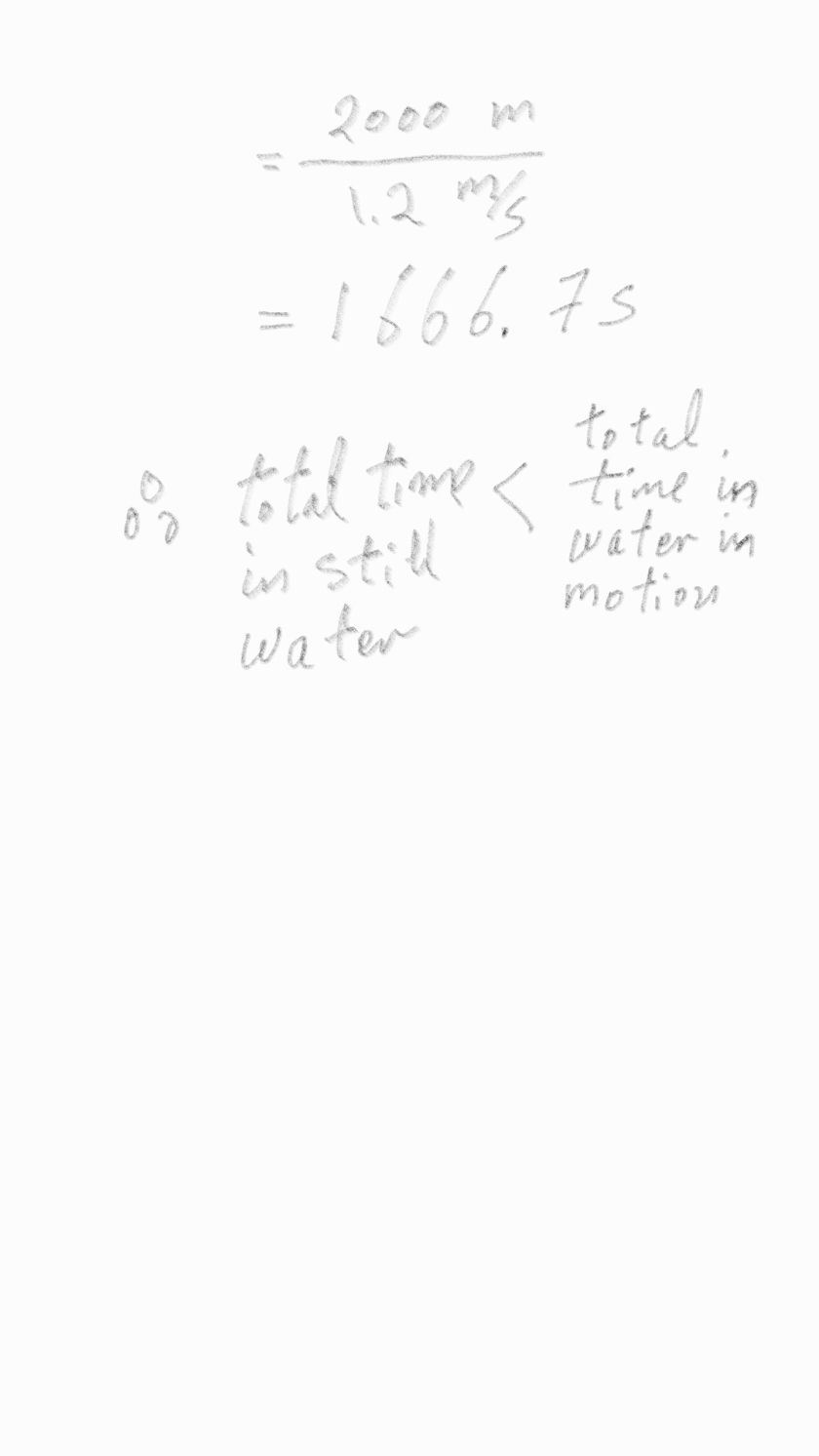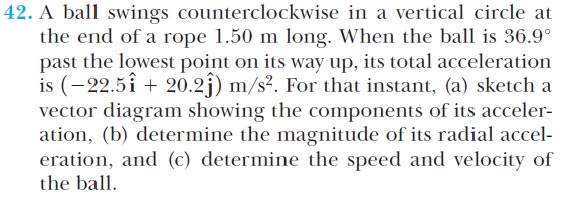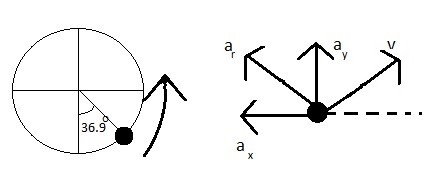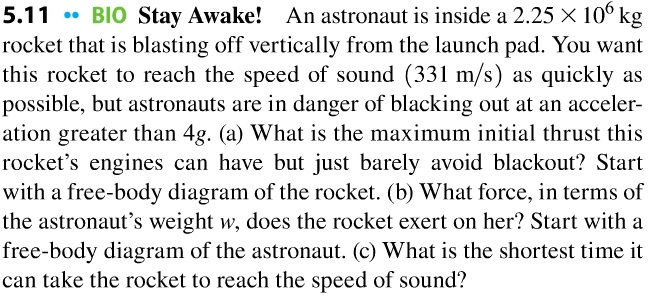
Let’s analyze the wording of the problem:
- An astronaut inside a rocket that moves vertically upward “An astronaut is inside…rocket…blasting off vertically”. The motion is in 1 dimension (y-axis).
- The speed the rocket needs to reach is 331 m/s and as quick as possible but reaching that speed in an acceleration above 4g could make the astronauts blackout.
- by reading the word thrust it will definitely mean using Newton’s laws of motion.
What are the given information:
- Rocket mass (M) = 2.25×10^6
- Initial velocity of rocket (v0)=0 m/s
- Final velocity of rocket (vf)=331 m/s
- Maximum possible acceleration of rocket = 4g
- Maximum possible acceleration of the rocket will give us the quickest blast to 331 m/s without astronauts blackout, then it is constant through out the motion of rocket until it reaches 331 m/s.
The problem needs:
- Maximum initial thrust (the force that takes the rocket up).
- The force the rocket exert on astronaut (in terms of astronaut’s weight).
- The shortest time the rocket can reach the speed of sound.
THE SOLUTION:
- Maximum initial thrust (the force that takes the rocket up).
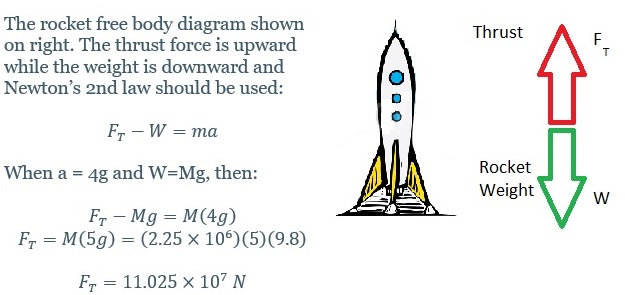
2.The force the rocket exert on astronaut (in terms of astronaut’s weight).
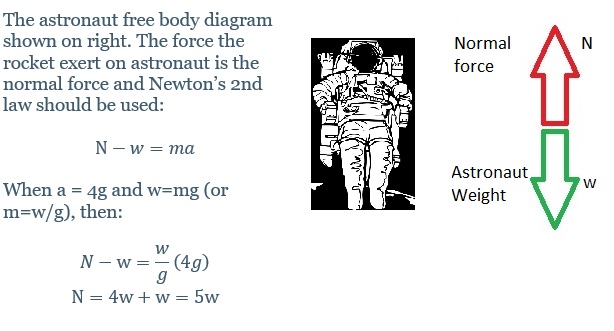
3. The shortest time the rocket can reach the speed of sound.
